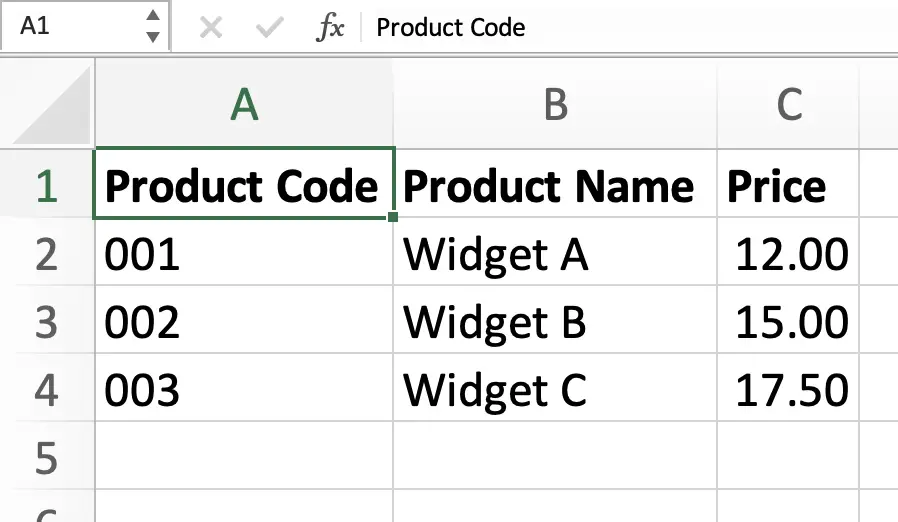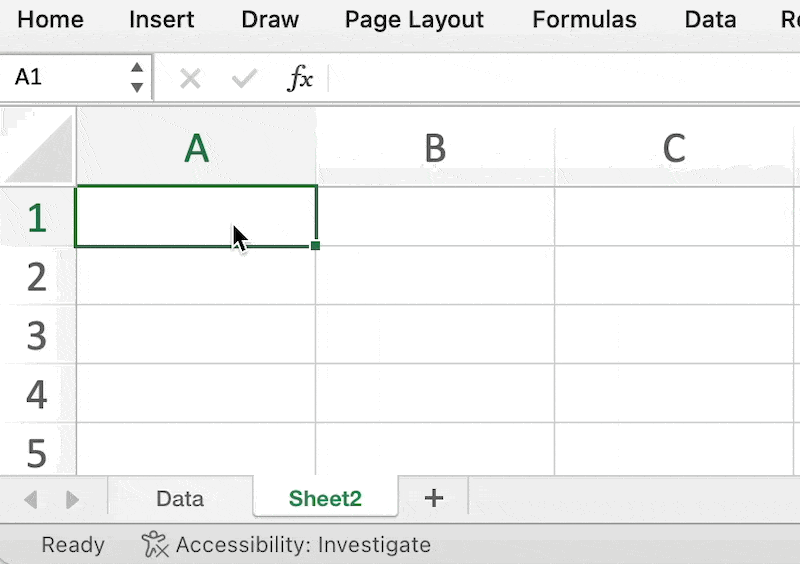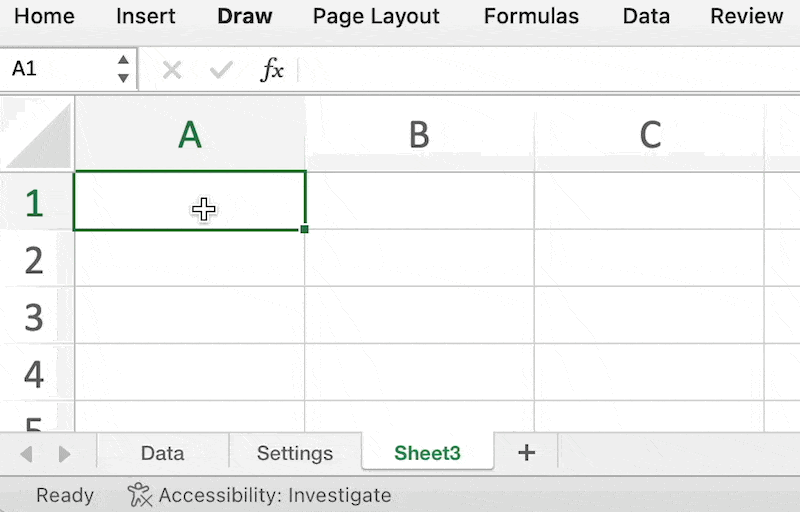Do you have multiple sheets in Excel and need to find and extract data quickly? VLOOKUP is a powerful function in Excel that allows you to search for and retrieve data from a specific column in a table. However, when you have multiple sheets, using VLOOKUP can be a bit tricky. In this article, we will show you how to use VLOOKUP across multiple sheets in Excel with examples.
When you have data spread across multiple sheets, it can be time-consuming to manually search for and retrieve the information you need. The good news is that VLOOKUP can be used to search for data across multiple sheets, saving you time and effort. In this article, we will walk you through the steps to use VLOOKUP across multiple sheets and provide examples to help you understand how it works.
Understanding VLOOKUP function
If you work with Excel, you may have heard of the VLOOKUP function. This function is a powerful tool that allows you to search for specific information in a table and return related data from another table. VLOOKUP is an acronym for “vertical lookup,” which means that it searches for data in a column and returns data from the same row in another column.
The VLOOKUP function has four arguments:
The lookup_value is the value you want to search for in the first column of the table_array.
The table_array is the range containing the data you want to search.
The col_index_num is the column number in the table_array that contains the data you want to return.
The range_lookup is an optional argument that specifies whether you want an exact match or an approximate match.
Here is an example of how the VLOOKUP function works:

If you want to find the price of Widget B, you would use the VLOOKUP function as follows:
The VLOOKUP function would search for "002" in the first column of the table_array and return the value in the third column of the same row, which is 15.00.
VLOOKUP Across Multiple Sheets
If the VLOOKUP formula is to be written in a different sheet to where the data lookup table resides then the only change that need happen is the reference to the table_array.
Instead of using a range written as A2:C4 the range would now include the name of the sheet.
Therefore, the new formula would look at follows if the table_array is located on Data sheet:
Here’s how this would look in the Excel spreadsheet:

What if the lookup_value is referencing a value contained in a different sheet?
The same principle applies. Just insert the reference being looked up in the first parameter. Let’s assume the reference is stored in a Settings sheet:

Tips And Tricks
Here are some tips and tricks to make the process even smoother:
- Use named ranges: Instead of typing in cell ranges manually, consider using named ranges to make your formulas easier to read and maintain.
- Use absolute cell references: When using
VLOOKUPacross multiple sheets, use absolute cell references for thetable_arrayargument especially if theVLOOKUPfunction is being copied in the other sheets. - Use
IFERROR: If theVLOOKUPformula can’t find a match, it will return the#N/Aerror. To make your spreadsheet more user-friendly, consider wrapping yourVLOOKUPformula in anIFERRORfunction. This will replace the error with a custom message or value.
VLOOKUP Over Multiple Sheets: Summary
Using VLOOKUP across multiple sheets in Excel can be a powerful tool to help you sort through large amounts of data quickly and efficiently. By organising your data into separate sheets and using VLOOKUP to reference the information you need, you can save time and reduce errors in your work.
Remember to take care when setting up your VLOOKUP formulas, especially when it comes to specifying the correct range and column index. Using named ranges and tables can help make this process easier and more intuitive.
Overall, VLOOKUP across multiple sheets is a valuable tool for anyone working with large amounts of data in Excel. With practice and attention to detail, you can use this feature to streamline your work and make more informed decisions based on your data.